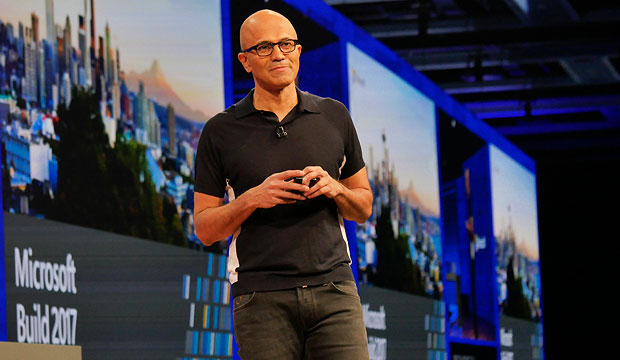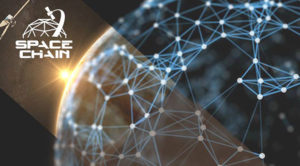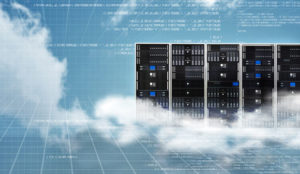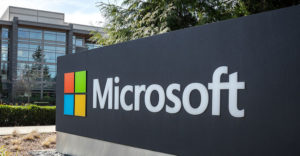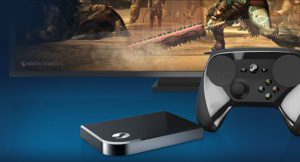Microsoft executives, led by CEO Satya Nadella, introduced a series of enhancements to the company’s critical data and cloud services at the kickoff of its annual Build conference on Wednesday, demonstrating new ways to expand adoption of artificial intelligence, personal digital assistants and other innovations.
Nadella told conference attendees that there will be more than 25 billion intelligent devices in the world by 2020, and the role of developers will be to extend new technologies to meet that challenge.
“So, whether precision medicine or precision agriculture, whether it’s digital media or the industrial Internet, the opportunity for us as developers to have broad, deep impact on all parts of society and all parts of the economy has never been greater,” he said.
More than 500 million Windows 10 users now can be reached through the Windows Store, Nadella noted, as well as 100 million monthly active users of Office 365, 140 million monthly users of Cortana, and 12 million organizational entities in the Azure Active Directory — including small, medium and large businesses, as well as educational institutions.
Microsoft offered a preview of Azure IoT Edge, a cross-platform runtime that allows cloud functionality to be run remotely on IoT devices. The technology runs on both Windows and Linux, and it can operate on devices smaller than a Raspberry Pi.
Predictive Maintenance
The company demonstrated how one of its clients, Swedish cutting tool manufacturer Sandvik Coromant, is using Azure IoT Edge, along with Cortana Intelligence and Dynamics 365, to predict machine breakdowns on a factory floor more than 100 times faster than traditional models.
In another demonstration, Microsoft showed how Azure Stack, Azure Functions, Cognitive Services and commodity cameras could help manage worker safety on industrial sites. Because the camera can differentiate among industrial tools and workers, it could be used in a scenario to prevent an unauthorized worker from gaining access to a jackhammer or potentially dangerous tools, for example.
In another demonstration, the company showed how Microsoft Graph is used with Office 365 to create Cortana skills that are pushed across devices — for example to send out a meeting reminder, or to push a low fuel warning to your car’s new Harman Kordan-developed Invoke smart speaker, which is powered by Cortana.
Microsoft signed new agreements with HP to develop Cortana-based devices, and with Intel to develop Cortana-based reference platforms. Microsoft also has made the Cortana skills kit available for public preview, allowing developers to build skills for Cortana and publish it to the Cortana channel of the Bot framework.
Microsoft demonstrated how multiple products, including Dynamics 365, Office 365, Microsoft Graph, Microsoft Teams, and others will be integrated into Tact, a new sales experience platform that can turn any AI-connected device into an AI-powered virtual sales assistant.
Microsoft introduced Azure Cosmos DB, which it says is the first globally distributed data service that allows you to horizontally scale throughput and storage anywhere, with guaranteed low latency, high availability and consistency. Users can scale hundreds of millions of requests with a single click.
Microsoft announced new MySQL and PostgreSQL-managed services joining the AzureSQL database, and provided an early preview of Microsoft’s new database migration services.
The company announced general availability of Visual Studio 2017 for Mac.
It also announced general availability of Windows Server Containers support in Azure Service Fabric.
Developers now can publish for Microsoft Teams, its new chat-based workspace in Office 365. The company introduced new Microsoft Graph APIs for developers, including APIs for SharePoint and Planner.
Competitive Landscape
Major cloud computing firms like Microsoft, Google and Amazon are pursuing different strategies to capitalize on emerging market opportunities, said Jeffrey Kaplan, managing director of ThinkStrategies.
“The most obvious example is the latest smart devices that each of the companies are rolling out, which combine voice recognition, AI, communications and ambient computing capabilities to provide a widening array of consumer and collaboration applications for the home and office,” he told TechNewsWorld.
Microsoft’s announcements targeted the core developer audience at the Build conference, noted Charles King, principal analyst at Pund-IT.
“Not surprisingly, Azure is particularly strong in its support for Microsoft’s individual and group applications, which aren’t high priorities for some other cloud providers,” he told TechNewsWorld.
Microsoft is typically ranked second behind AWS in terms of the size of its facilities and business, but there is research showing that Microsoft is gaining share against AWS, King noted.
Gupshup, a bot platform provider, announced an agreement to use Microsoft Cognitive Services on Interbot, its bot-to-bot communications platform, which will be used to develop bots for Microsoft Teams, Skype, Skype for Business, Cortana and other platforms.
“There are a wide variety of applications for both B2B and B2C customers that will benefit from bots being able to more intelligently communicate with one another, leveraging Microsoft APIs and accessing Bing’s knowledge graph,” said Beerud Sheth, CEO of Gupshup.
For example, bots will be able to perform news and sentiment mining in real time, as well as review and recognize images and videos and trigger appropriate actions as a result, he told TechNewsWorld.
Customers want Microsoft to make their jobs easier, Sheth said. They want to see advances like support for edge computing, for example, which opens up paths to new projects or business opportunities. They want to see support for emerging technologies, such as artificial intelligence, that enhance or broaden the appeal of their work.

